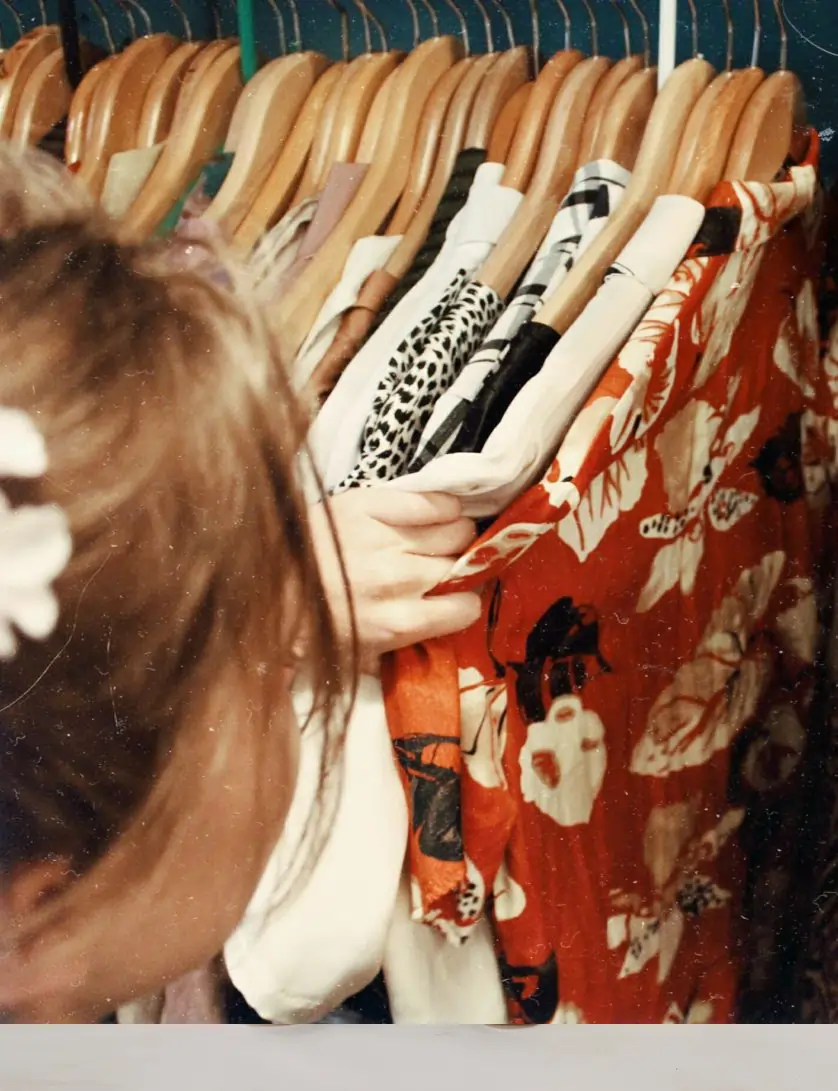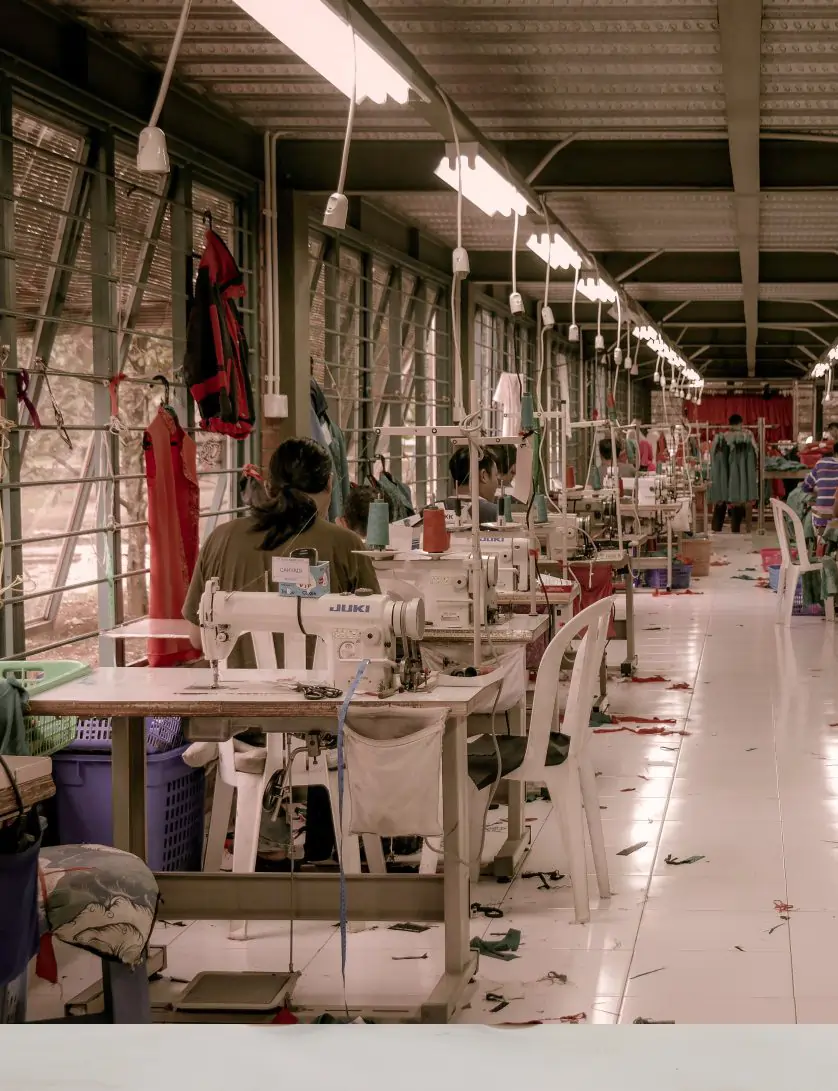A Decade since the Rana Plaza Tragedy
Ten years ago, on April 24, the Rana Plaza building in Bangladesh collapsed, killing more than 1,100 garment workers and injuring thousands more.It was the worst-ever industrial accident to hit the garment industry. It drew the world’s attention to the exploitation within the industry in several countries and highlighted an ongoing struggle to gain workers rights and ensure safe factories for all. So what has happened since? What improvements have been made? What is still to be done?
Worker Safety
Although hard fought, progress has been made in some areas of worker safety. In this area garments brands agreed to new regulations in a binding agreement. The International Accord for Health and Safety in the Textile and Garment Industry represents the third version of such an agreement and has been signed by 195 Brands. These binding agreements are essential if progress is to be maintained.
Wages and Conditions
In September 2018, for the first time in five years, the Bangladesh government moved to increase the monthly minimum wage for garment workers to the equivalent of $96 , up from the previous $63. Many garment workers were dissatisfied with the increase, as workers rights organisations and trade unions had been calling for at least $192. While workers claimed the increase was not enough to cover increased living costs, factory owners claimed they could not afford to pay increased wages. As a result, in January 2019, thousands of garment workers staged protests for increased minimum wages. Many protests were met with force by the authorities. After one violent clash, where police used rubber bullets, tear gas and water cannons to disperse the crowds, one person was killed and 50 others injured, a shocking event that highlights conditions beyond the workplace. In response to criticism, the government formed a ‘tripartite committee’ to review garment worker wages but they concluded that the gross monthly wage of $96 proposed in September should remain unchanged. Following this development, manufacturers urged workers to return to work, but thousands of workers continued to protest, rejecting the pay increase as insufficient. This resulted in mass dismissals of around 12,000 workers, many being accused of various crimes to justify this action. Whilst many of these accusations have been dropped there is evidence of a blacklisting of those workers that took part in the protests.
Other Countries
This year is also crucial, as it is the first year in which the Accord will be rolled out beyond Bangladesh. After many years in which unions and NGOs in Pakistan have
urged for the Accord to fix their factories, the programme is now starting in Pakistan. The Pakistan Accord, which was announced four months ago and has been signed by
45 brands.
Only this month a fire in a textile factory in Karachi, Pakistan, resulted in a building collapse, killing four firefighters and injuring 13 more. This factory supplied to several international brands,showing that the brand’s own safety monitoring mechanisms are completely inadequate.
It is clear that to properly sort this out all countries used abroad by clothing brands and retailers must roll out the same protections and regulations, and they must carry out inspections to be sure they are being observed. There is a tendency for certain Brands to just follow the cheapest production wherever it is, which results in them moving away from anywhere that due to proper worker care implementation the inevitable rise in cost of production has followed. This means that until each country in turn recognises the issues the problem goes on. The task is huge but the brands themselves and those placing the orders do have to control should they choose to use it over profit.
Garment Manufacture in UK
During these ten years manufacturing of garments made in the UK has expanded by 11% after many years of decline. It continues to rise as more customers seek assurances not only in the providence of the raw materials, but also in proper worker remuneration and working conditions for those that work in the factories.
Conclusions
It is clear that for the exploitation to stop the brands that buy from these garment manufacturers need to insist on having binding agreements that dictate workers rights, and take the time to inspect and be sure that they are being followed. Individual governments must also seek to work with unions to get minimum safety targets written into law. Improvements have been made during the ten years since the disaster but much more work is needed. Whilst the brands have the power to intervene it is also the case that consumers can also make an impact by boycotting brands that do not guarantee working conditions for the workers that make their clothing by use of binding agreements. In the meantime manufacturing here in the UK continues to expand.




